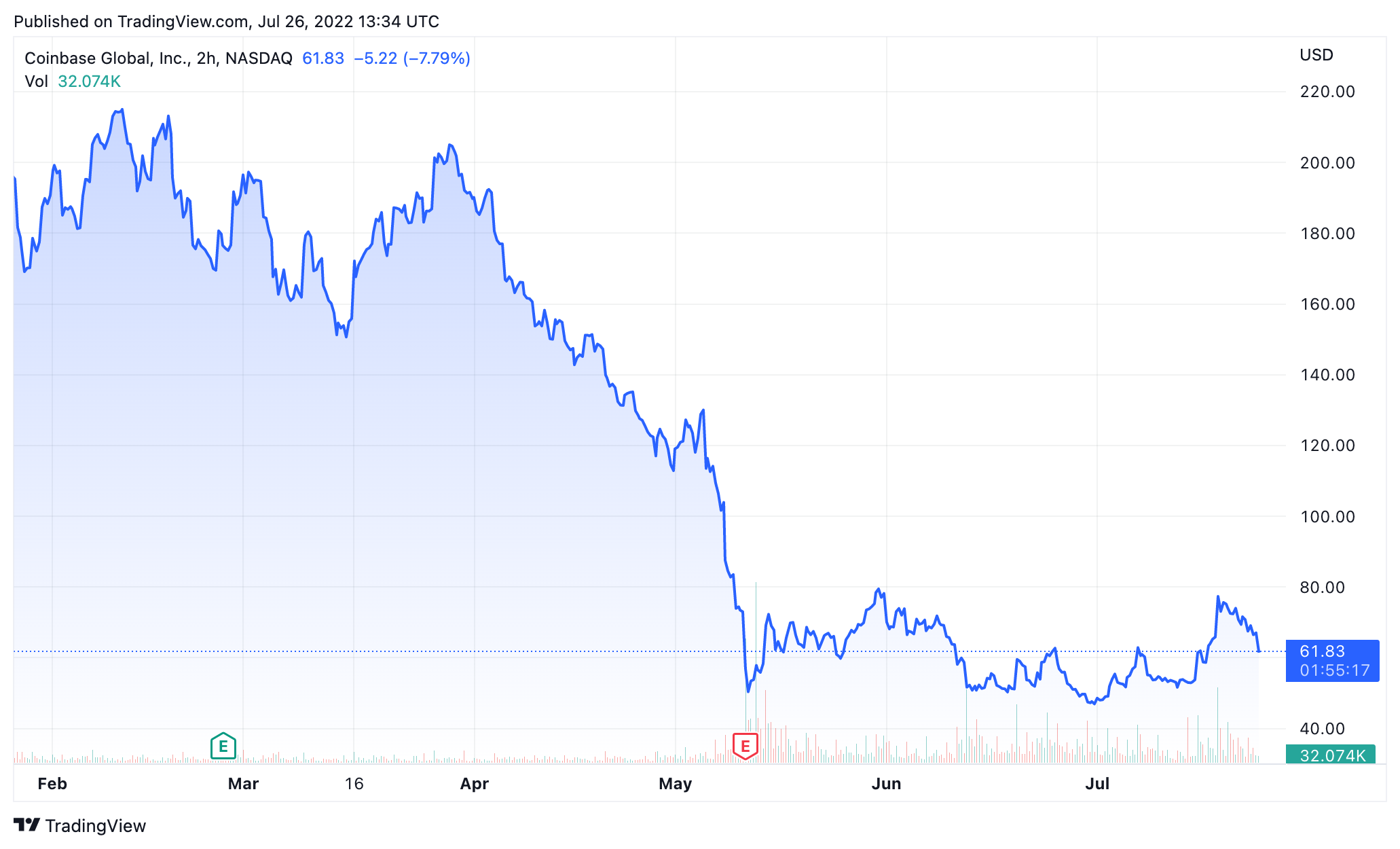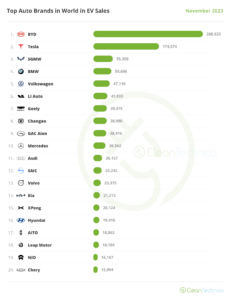With a recent $3.8-million refinancing of two district geothermal (also referred to as geoexchange) projects in British Columbia, Vancity Community Investment Bank (VCIB) has sealed its status as a leading Canadian financier for a technology that is ready to take the spotlight as industry and governments get serious about low- and zero-carbon buildings.
 Over the last five years, Toronto-based VCIB has amassed a track record for financing geoexchange projects that provide low-carbon heating and cooling to buildings across a range of asset classes, types, and geographies — from new builds to refinancing successful projects as they move into the next operational life cycle, and from single-family homes and subdivisions to large condo complexes.
Over the last five years, Toronto-based VCIB has amassed a track record for financing geoexchange projects that provide low-carbon heating and cooling to buildings across a range of asset classes, types, and geographies — from new builds to refinancing successful projects as they move into the next operational life cycle, and from single-family homes and subdivisions to large condo complexes.
VCIB’s successes to date include:
- A $6.4-million project finance loan for a portfolio of geothermal heating and cooling projects developed by TerraSource Services in Kelowna, British Columbia, structured to finance the up-front costs homeowners would otherwise have had to cover on their way to future energy and cost savings
- A construction financing facility with Forum Equity Partners and Subterra Renewables to support multiple geothermal district energy systems in the Greater Toronto Area
- A $1-million project finance loan to Montreal HVAC contractor Marmott Énergies to fund geoexchange retrofits in single-family homes
- An $847,000 loan for a geoexchange project at a new 55-unit condominium townhome complex in Toronto.
VCIB’s latest venture with Geox Energy Ltd., and its development partner, Hotham Group, finances the acquisition of two geoexchange systems for more than 200 homes in Chilliwack, British Columbia. The systems have delivered stable revenues and low operating costs over the last 15 years, with an open-loop design that pumps water from naturally recharging non-potable aquifers through subsurface pipes beneath each home.
Digging Deep for Savings
The heating and cooling technology known as geoexchange, but often referred to as geothermal, “has been around for decades in its modern form,” says Jonathan Frank, Head of Clean Energy at VCIB. Not to be confused with deep geothermal systems that extract high-temperature heat from kilometers below the earth’s surface, home and commercial systems use ground-source heat pumps to tap into temperature differentials, typically at a depth between 45 to 120 meters (150 to 600 feet).
The Geox Energy Ltd. project is an example where an asset owner sets out to refinance an installation that dates back 15 years. “We can do detailed financial, technical, and legal due diligence to determine that a system continues to be viable—it’s been operating as expected and it will do that for another 20 to 40 years with ongoing maintenance,” Frank says. “That’s a valuable proof point for the future market, showing that these are truly long-term assets.”
Lately, VCIB is seeing a new wave of interest among real estate developers, driven by lower geoexchange system costs and rising concerns about greenhouse gas emissions.
“The market is already maturing,” Frank says, even though “it’s not like solar, where you can actually see it on the roof and that helps people get excited about it. Unless you’re involved with the project or living in the building, it’s hard to know where geoexchange is operating, which makes it harder to tell the story to the broader market.”
And yet, “that new building down the street from you is probably geo, and if it’s not, then the next one probably will be.”
Frank and David Berliner, Head of Deal Structuring, Clean Energy, see VCIB’s existing project portfolio as a powerful demonstration of that potential, showcasing the innovative financing models that allow geothermal development to proceed and the technology to scale up.
“There are multiple decades of operational projects out there, and part of our capacity is to finance those,” Berliner says. “But now, with system costs coming down, we’re seeing business and financial model innovations that will help push these technologies into billion-dollar deployments. That’s the big overall opportunity here.”
Skating to Where the Puck Will Be
Few Canadians are unfamiliar with hockey great Wayne Gretzky’s memorable line about skating to where the puck will be.
VCIB’s parent company, Vancity Credit Union, has been a green buildings leader for years, financing keystone projects that have helped build the sector and drive policy and building code development. Now, a maturing market demands specialized suppliers of geothermal energy, and VCIB is stepping up with the financing to help them succeed.
“Building, owning, financing, and operating those systems and becoming a mini-geothermal utility is the next evolution,” just as it was for solar energy providers, Berliner says.
“In the early 2000s, people who bought solar panels were buying them with cash to put them on their roofs,” he recalls. “Solar evolved into a multi-billion-dollar industry with third-party financing, so that specialized companies could offer solar electrons to cities or building owners and they no longer had to put a million dollars up front to buy the system. That’s what we’re seeing now in the geoexchange industry.”
While some individual developers will still decide to finance their own geothermal systems, “we see the vast majority of the growth in this third-party financing model, where a mini-clean energy utility offers to service your home or condo building, or a larger building or district.”
The model works even better for geoexchange than for solar, Frank adds.
“If you’re building with solar, you still need to install all the traditional electrical hardware, and the solar usually just substitutes for power from the grid,” he explains. “If a geo utility installs all the equipment, the builder doesn’t have to pay to install as much of the traditional HVAC (heating, ventilation, and air conditioning) system, and then the building just becomes a purchaser of the thermal units. That reduces construction costs and the developer has a better product to market to potential tenants.”
Catalyzing an Industry
After a half-dozen transactions for the same basic technology, Berliner said VCIB is poised to offer geo developers a flexible mix of business models. In a condo project (or a strata in British Columbia), for example, the corporation can borrow money to install a geoexchange system, then recoup the cost through monthly fees from unit holders. Or a geo utility can own and operate the system on behalf of one large building or hundreds of homes.
“Doing all of these transactions builds confidence in the market, so that when a geothermal utility contacts your condo manager, they can look at the projects they’ve done and the partners they’re working with, including a financial institution like VCIB,” Berliner says.
Ultimately, VCIB’s goal is not to corner the entire Canadian market, but to help “grow geoexchange to a billion-dollar industry,” he says. “We want to be a part of that and catalyze further growth.”
This article is supported by VCIB.
Appreciate CleanTechnica’s originality? Consider becoming a CleanTechnica Member, Supporter, Technician, or Ambassador — or a patron on Patreon.


Source: https://cleantechnica.com/2022/01/27/financing-helps-developers-meet-demand-for-geoexchange/
- "
- 000
- About
- acquisition
- across
- Advertise
- Air Conditioning
- All
- already
- among
- around
- article
- asset
- Assets
- British
- British Columbia
- build
- builder
- Building
- business
- buy
- Buying
- Canadian
- Capacity
- Cash
- Cities
- clean energy
- cleantech
- Cleantech Talk
- code
- Columbia
- coming
- commercial
- community
- Companies
- company
- confidence
- construction
- continues
- Contractor
- Costs
- could
- credit
- Credit Union
- Dates
- deal
- Demand
- Design
- developed
- Developer
- developers
- Development
- diligence
- Doesn’t
- dollars
- down
- driven
- Early
- Emissions
- energy
- equipment
- equity
- estate
- evolution
- example
- Fees
- Feet
- finance
- Finances
- financial
- form
- fund
- future
- GAS
- goal
- Governments
- great
- Green
- greenhouse gas
- Greenhouse gas emissions
- Grid
- Group
- Growth
- Guest
- Hardware
- head
- help
- helps
- here
- holders
- Home
- HTTPS
- Hundreds
- hvac
- Including
- individual
- industry
- innovative
- insights
- Institution
- interest
- investment
- involved
- IT
- known
- large
- latest
- leading
- Legal
- Line
- loan
- low-carbon
- Majority
- Market
- million
- model
- models
- money
- Montreal
- more
- move
- offer
- Offers
- operating
- Opportunity
- otherwise
- owner
- owners
- partner
- partners
- Patreon
- Pay
- People
- pipes
- podcast
- policy
- portfolio
- power
- powerful
- Product
- project
- projects
- proof
- provide
- pumps
- range
- real estate
- record
- Renewables
- Said
- Scale
- sector
- Services
- showcasing
- So
- solar
- solar energy
- solar panels
- specialized
- Sponsored
- Spotlight
- Status
- Story
- street
- successful
- suppliers
- support
- Supported
- Surface
- system
- Systems
- Talk
- Tap
- Technical
- Technologies
- Technology
- The Future
- The Projects
- thermal
- third-party
- Through
- toronto
- track
- traditional
- Transactions
- union
- us
- usually
- utility
- venture
- Water
- Wave
- What
- WHO
- working
- works
- would
- years








